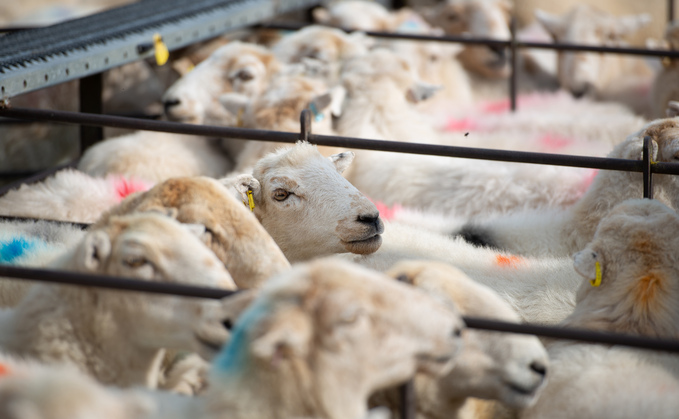
With lamb prices at record levels for the time of year, the upcoming religious festivals of Ramadan and Easter should give the market continued support, but there is the prospect of more supply later in...

With lamb prices at record levels for the time of year, the upcoming religious festivals of Ramadan and Easter should give the market continued support, but there is the prospect of more supply later in...
The National Sheep Association (NSA) has called for clear communication to manage bluetongue
Farmers Guardian are media partners on a new campaign which aims to add value to the wool supply chain, and showcase just how important this fibre truly is
The Livestock Auctioneers Association said it recognised the move as a ‘positive step’ towards restoring confidence and normal trading activity across the regions